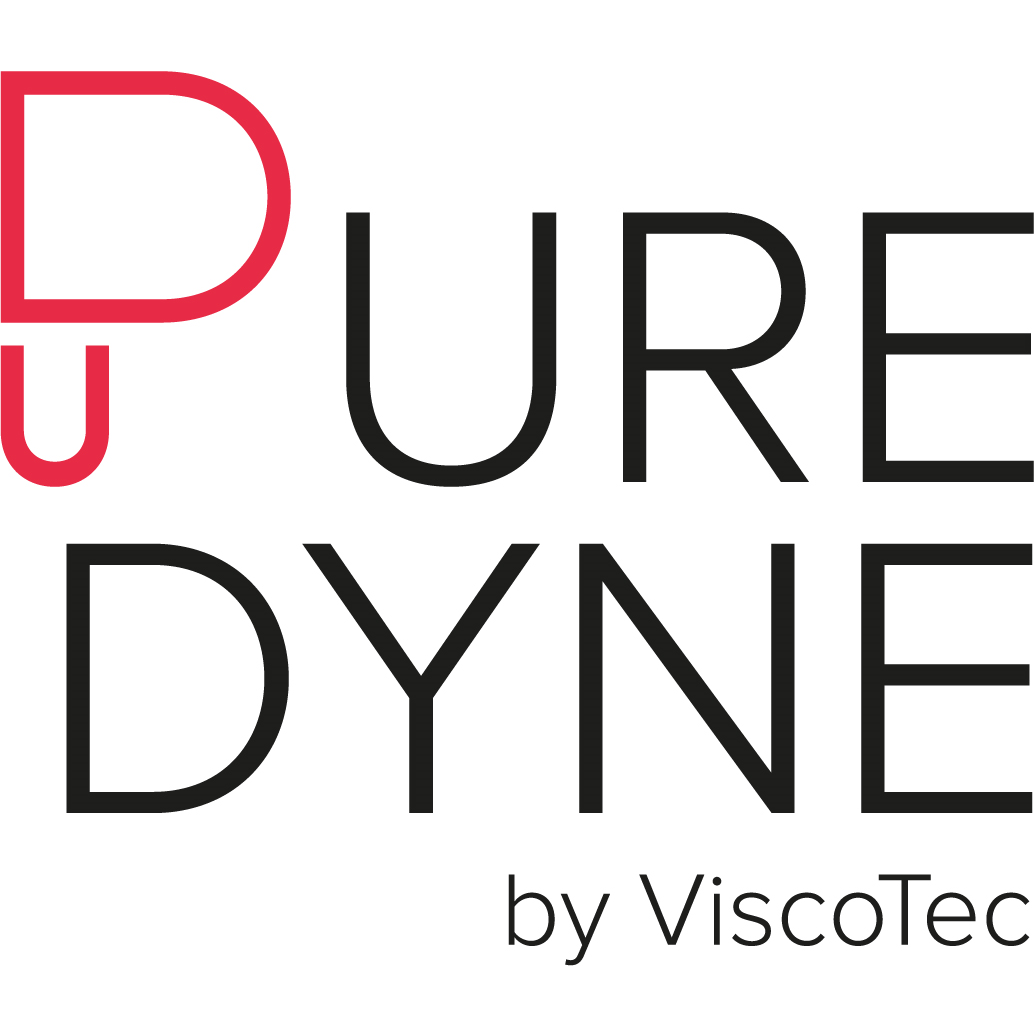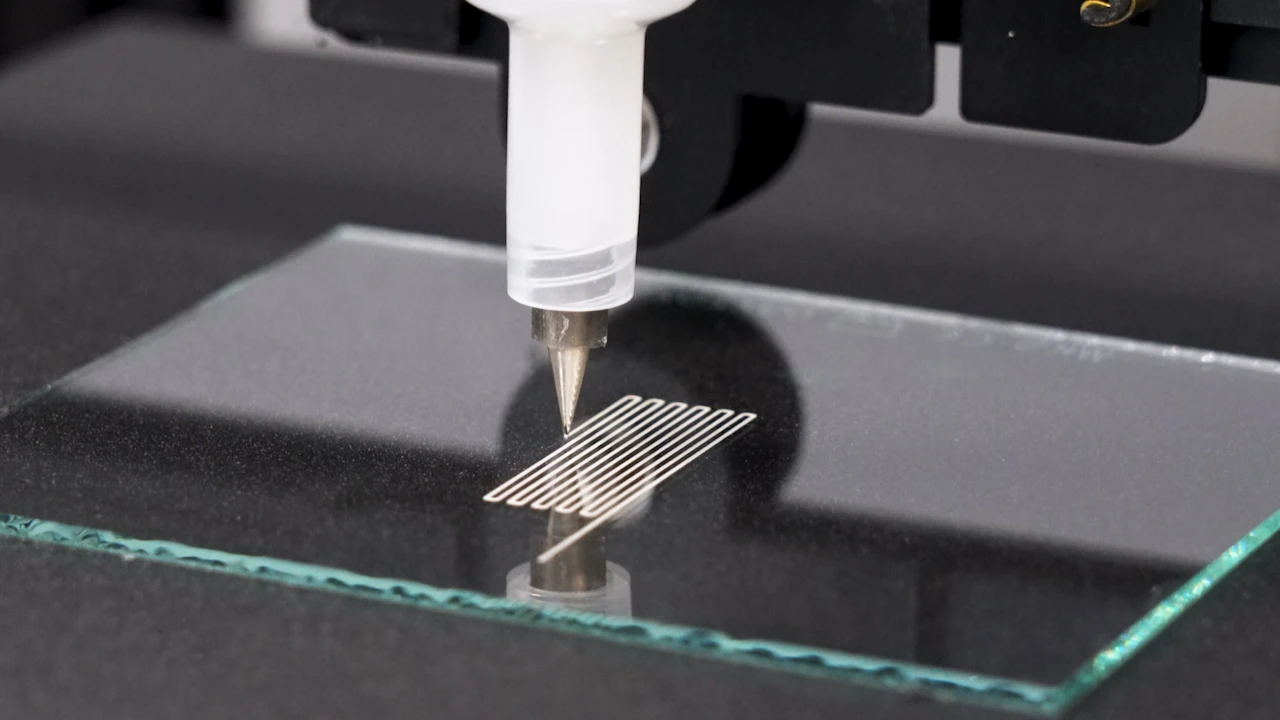Puredyne ensures maximum precision in printing conductive pastes and ink
Although the printing of complete functional organs is still a dream of the future, research, and development of clinical bioprinter applications are making great strides. New technologies are needed to further improve the printing process of organic substances and to establish the three-dimensional construction of living cells layer by layer.
It can be assumed that the path from models in the laboratory to clinical studies and functional organs will also be significantly influenced by the precision of the dispensing technologies, as the materials used are very cost-intensive to develop and manufacture. Currently, bioprinter manufacturers have two options for extrusion-based systems. One is pneumatic systems that use air pressure to squeeze the biomaterial from a cartridge; the other is those that use piston extrusion. This range is extended by extrusion using the endless piston principle, a high-precision process. For example, ViscoTec has developed a print head specifically for bioprinting under the “Puredyne” brand, which is available under the trade name Puredyne® kit b.
In addition to classical biomaterials, the application also focuses on the precise and lossless dispensing of conductive pastes and inks, such as those used for the transmission of electrical signals between nerve cells in the laboratory. In addition, conductive inks can be used for the stimulation of muscle contractions. The idea is to expose cells to targeted electrical impulses. This stimulation can give rise to a functional muscle.
Dead space cost trap
A major challenge when using conductive pastes is to precisely introduce the electrically conductive paths into the system. To ensure that this also succeeds from an economic point of view, factors such as the dead space of the dispensing unit, the particle filling level of the substance to be dispensed and the precision of the dispensing technology must all be included in the decision-making process on the right dispensing technology. The smaller the dead space, the less waste remains in the dispensing component. If there is almost no dead space, as is the case with Puredyne, almost all of the raw material can be processed. Users can therefore make effective use of cost-intensive materials. In addition, it positively influences the process if the particles of the conductive pastes have no influence on the dispensing components and their exact functionality. Such particles almost always generate abrasion. On the one hand, the dispensing technology must not be impaired in its function by particle abrasion; on the other hand, the particles must also always guarantee the conductivity of the paste. In addition – and not only from an economic point of view – absolute precision is also required when applying the extruded line. The conductive track can only fulfill its function if this line does not fluctuate in width and has an exact start and stop point.
The Puredyne® printhead was developed to make the above factors controllable: The novel single-use design is virtually free of dead space and guarantees maximum material utilization.
The endless piston technology used also ensures superior dispensing of highly filled pastes. High-precision results can be achieved, and, thanks to the adjustable suck-back, precise start-stop points can be produced. The low-shear and pulsation-free dispensing results in a constant line width with a possible resolution below 200 µm. The following video illustrates the features of Puredyne technology and its potential.
You are currently viewing a placeholder content from YouTube. To access the actual content, click the button below. Please note that doing so will share data with third-party providers.
More InformationThe Puredyne team would be happy to answer any questions.

